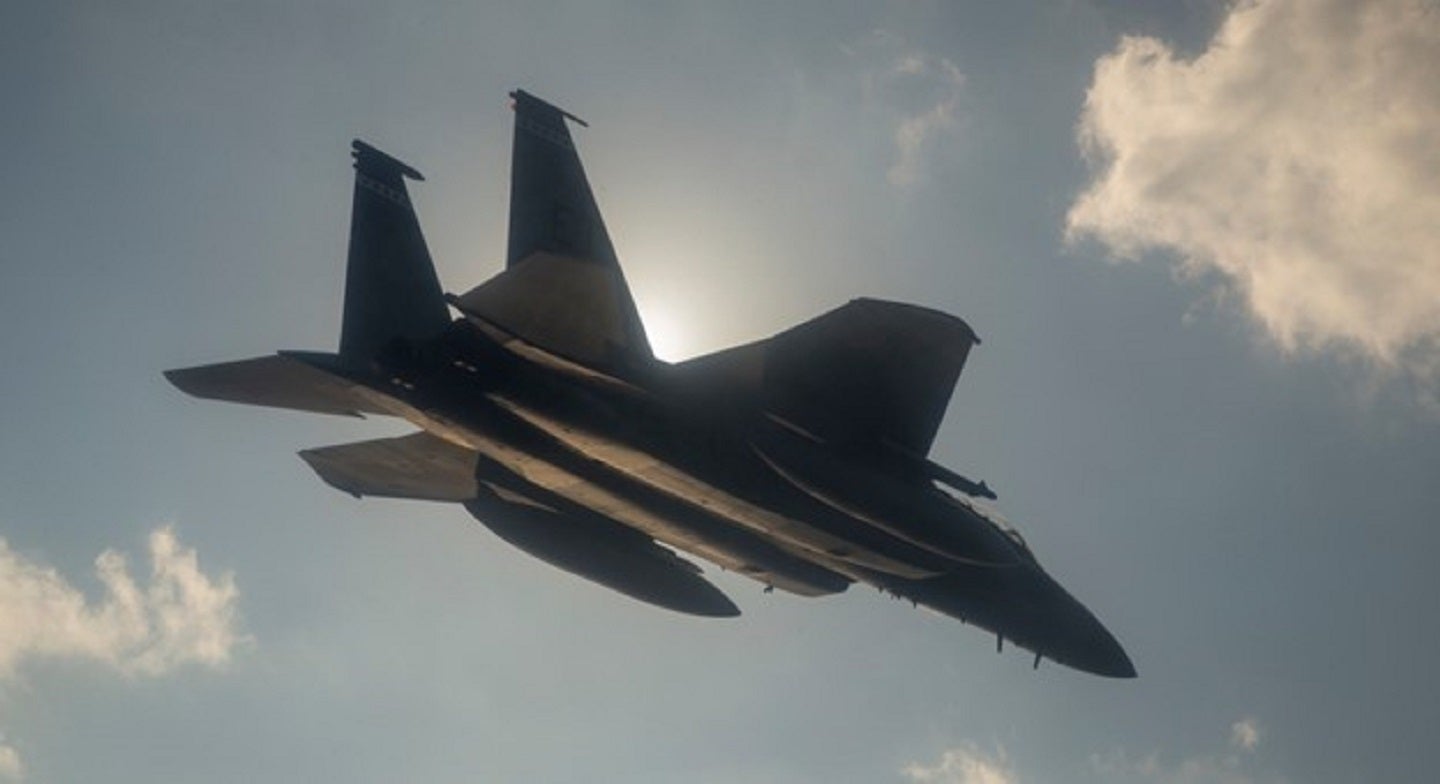
On 8 November, the US responded to a series of attacks on its personnel in Iraq and Syria by conducting what the Department of Defense (DoD) stated was “a self-defence strike” on a weapons storage facility in Eastern Syria, which is known to be used by Iran’s Islamic Revolutionary Guard Corps (IRGC).
A DoD press release made clear the motivations behind the precision-strike.
“President [Joe Biden] has no higher priority than the safety of US personnel, and he directed today’s action to make clear that the United States will defend itself, its personnel, and its interests”.
At the same time, the Department urged “against any escalation” and emphasised that “US personnel will continue to conduct counter-ISIS missions in Iraq and Syria”.
This show of force follows the DoD deputy press secretary Sabrina Singh’s assertion in a briefing on 7 November, that “We’re going to make the decisions on when we respond [to the recent attack on US forces]. We’ll leave that to a time and place of our choosing.”
This development is just one facet in a wider Middle Eastern conflict, which is predominantly centralised around the ongoing Israel-Hamas war that began on 7 October 2023.
Between 7 October and 7 November, US forces were attacked at least 40 times; 22 times in Iraq and 18 in Syria comprising “a mix of one-way attack drones and rockets,” Singh added.
Responding to attacks conducted by IRGC-Quds Force affiliates – a group that supports non-state actors across the Middle East, including Hamas, Hezbollah, the Palestinian Islamic Jihad and Yemeni Houthis – the development points to the Iranian regime, which has itself only voiced its opposition to what it views as “Israeli war crimes” in Gaza.
F-15 precision strike
America’s precision strike response was conducted by two F-15 Strike Eagle fighters. The platform is armed with air-to-air missiles that can be launched from beyond visual range and has air-to-ground capability to penetrate hostile air and ground defences to deliver up to 24,000lb of precision ordnance.
Since 2001, US Air Force F-15E aircraft have been almost exclusively used for close-air support.
The aircraft can carry up to four Lockheed Martin / Raytheon AIM-9LM infrared-guided Sidewinder air-to-air missiles, up to four Raytheon AIM-7F/M radar-guided Sparrow air-to-air missiles, or eight Raytheon AMRAAM radar-guided, medium-range air-to-air missiles.
The Sidewinder missile range reaches 8km, the Sparrow 45km, while the AMRAAM reaches up to 50km.








